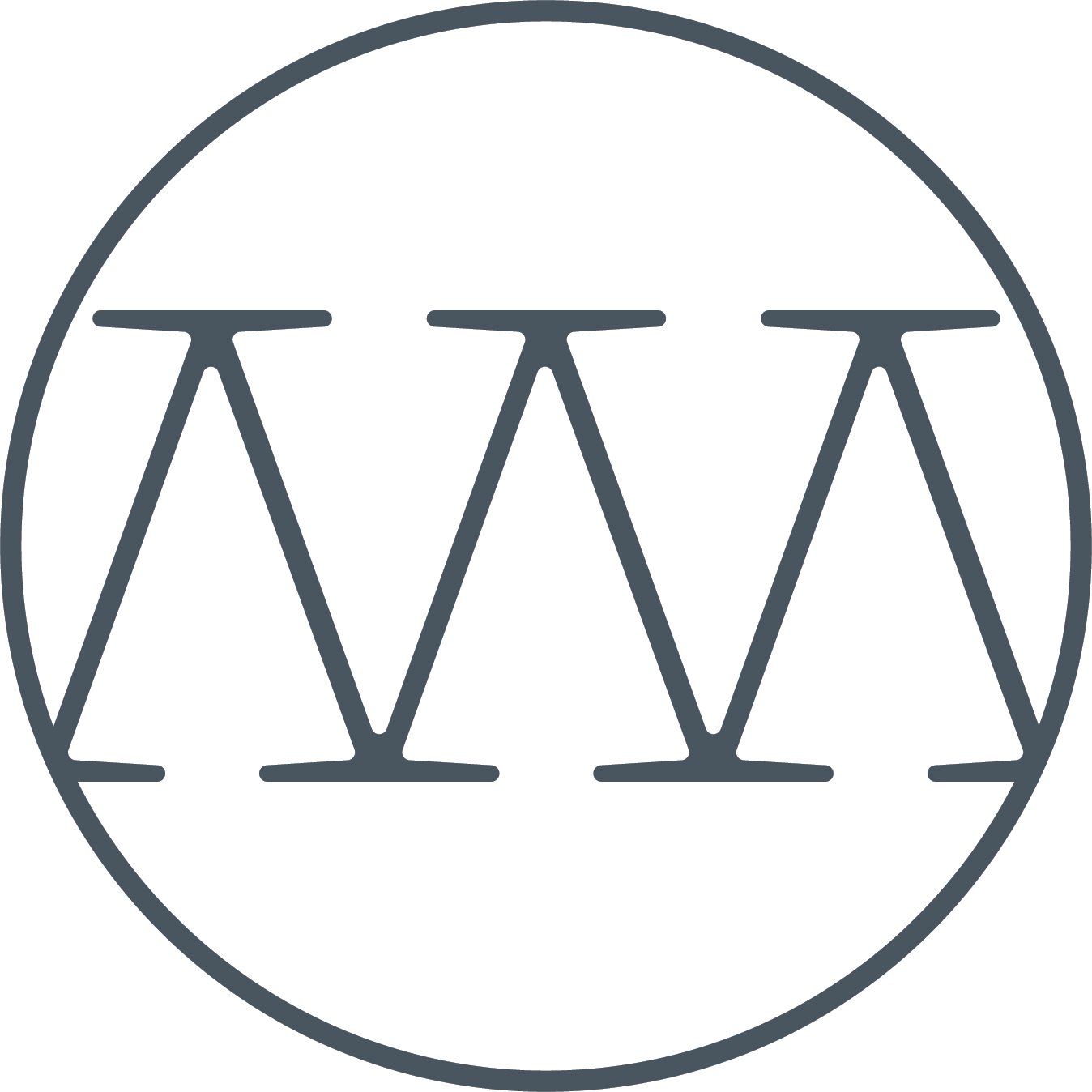How to Use Prototypes to Test and Perfect Your Sewn Product
Bringing a sewn product to life is an exciting process, but creating a successful final product takes more than a great idea. It requires making a sample and testing it to refine it, also known as creating a prototype. Prototyping is a crucial step in product development, allowing you to test, refine, and perfect your design before committing to full-scale production. It’s also a collaborative process that helps you gather feedback from real users, test materials in real-world conditions, and make adjustments based on insights that will help you create a product that meets both your vision and customer expectations.
In this guide, we’ll walk through the essential steps of testing and perfecting your sewn product prototype so you can confidently move forward.
Step 1: Start with Realistic Expectations
The truth is, your first prototype will never be perfect—and that’s okay. Every great product goes through multiple iterations to improve fit, functionality, and durability. Instead of expecting perfection from the start, view each version as an opportunity to learn and refine. When you adopt that mindset, the design process becomes a lot less stressful. Whether your concept is original or an improvement of an existing product, you can expect to create a prototype, test it, and improve it at least once.
Step 2: Testing Material Durability
Testing the durability of the materials you plan to use with sewn products is an essential step in the prototype creation process. Before using them in your design, you can do this by washing fabric scraps to see how they shrink, change texture, and wear. You can also conduct wear tests to see how the materials hold up in real-world conditions. Knowing that the materials you’ve chosen match the integrity of your product will give you confidence when you go to manufacture and sell your product later on.
Step 3: Gather Real Feedback (Beyond Friends & Family)
Gathering feedback is the most critical stage in product design because it’s your chance to fix flaws before investing in manufacturing. You might think it’s easiest to ask your friends and family for feedback on your product, but the people closest to you aren’t always the best candidates to give unbiased feedback.
Your friends and family might withhold their criticism for concern they’ll offend you, or they may be too critical, picking apart your product in a way your intended customer never would. This is why testing your product and gathering honest feedback from people beyond your close contacts and who fit your target audience is vital.
Observe and Make Notes
I recommend recruiting 5-10 individuals who match your ideal customer audience and have them test your product. If your product is a wearable garment, have them try it on and move naturally in it. Observe how it fits, how it moves on their body, and how comfortable they seem. If your product is not a garment, watch how your tester interacts and uses the product. Observe how they use it and whether or not they interact naturally with the features.
Avoid Leading Questions
Try to avoid asking leading questions. You don’t want to plant ideas or concerns in your users’ minds; instead, let the testers provide you with their honest, real-time feedback. That way, you’ll get the best information possible to make any further necessary improvements.
Step 4: Collect Market Insights
Once your testers have interacted with your product and shared their thoughts on how it functions and looks, ask them if they would buy the product and what price they’d be willing to pay to gather base data. Go beyond the garment and get opinions on labels, fabrics, logos, and packaging as well.
You can also collect insights from your ideal audience beyond just your testers. Creating surveys and polls on social media can help you expand feedback collection to a broader audience, especially on colors, logos, and packaging design.
Step 5: Take the Data and Improve Your Product
With the feedback you collect from testers and the market insights you gather, you should have enough data to improve your design. Depending on the complexity of your product, you might be ready to move to the next stage of sample batching and selling your product at a small scale to test viability, or you might want to go back to step 2 or 3 to really ensure you have the design perfected before spending money on manufacturing.
Work with a Product Development Consultant and Perfect Your Prototype
Creating a prototype and testing it on real people to gather feedback is an essential part of the sewn product development process. Embracing the data and using it to refine your design will help you make a better product and strengthen your brand once you launch.
Are you ready to start the prototyping process? Need help navigating the steps and refining your pattern? As an experienced sewn product development consultant, I can help! Book your free consultation with me to get started.


